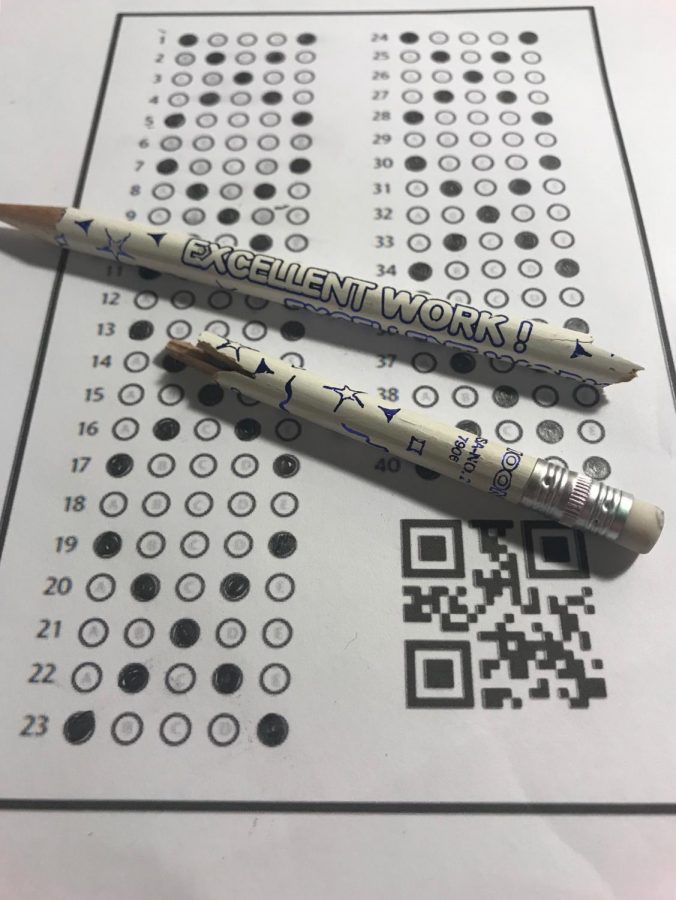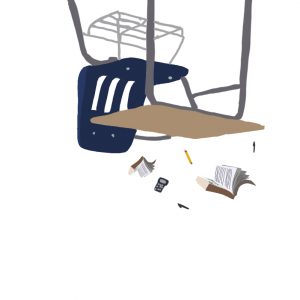Re-evaluation of testing methods necessary
Multiple choice bubble sheets address teachers’ time restraints but fail to address students’ need for comprehension.
A favorite among teachers and students, multiple choice tests have long been a staple in American high schools. However, even with the implementation of the technologically-savvy All In Learning Inc.’s bubble sheets, the failures of multiple-choice exams remain evident.
Teachers have begun handing out All In Learning’s bubble sheets in place of Scantrons due to the grading ease available through the company’s technology. Using their phone or computer camera, they are able to grade students’ papers instantaneously, saving time.
While these bubble sheets may be a miracle for teachers looking to reduce their grading times, they foster a learning environment that favors saving time over the student’s comprehension of the material. All multiple choice exams foster this discrepancy.
Testing companies have a huge market that dominates the American education system. The testing market amounts to around $4 billion a year, which is a huge amount for companies that capitalize on schools’ need for time-saving grading methods.
Instead of multiple-choice exams, such as those recorded on All In Learning bubble sheets, teachers should give more open-ended tests. Although multiple-choice exams may seem easier to students, open-ended exams offer similar, if not better opportunities for students.
Open-ended responses give students more lee-way in terms of writing down what they know rather than having to choose an answer based on half-hearted predilections. Partial credit can be a valuable opportunity that comes with open-ended exams since teachers can recognize that students have at least some knowledge of the topic.
Comprehension should be the deciding factor for the exam type that best fits students’ needs. Researchers at Rutgers Medical School in Newark, NJ found in a 2017 study that assessments with open-ended questions have better student performance rates because they require in-depth knowledge.
Open-ended questions and their connection to in-depth knowledge reign supreme for two main reasons. First, they allow students to assess themselves based on their overall knowledge of the course material rather than their ability to use the process of elimination on multiple-choice questions. Second, a comprehensive understanding of a topic is key to elevating a student’s intellectual capacity to the next level. This should be of top priority to Atlanta Public Schools, whose goals include ensuring the college readiness of students.
The philosophy behind testing methods such as All In Learning’s bubble sheets is the “gamechanger” of the “elimination of delayed results,” according to the company’s website. It claims that students should be able to immediately know how they did on the exam so that they can find out what they did wrong.
However, this emphasizes the indoctrinated idea that test scores should be the subject of interest rather than the comprehension of the topic. Students who score low on a test will focus more on the number of questions they got wrong rather than the various concepts that they need to review.
Open-ended responses bridge the gap between memorization and comprehension by allowing students to demonstrate what they know and allowing teachers to determine what students need to know. Although time may be valuable to both students and teachers, knowledge is fundamental to educational success.

Elena is a senior and a co-editor-in-chief of the Southerner. As the captain of both the varsity cross country and public forum debate teams, she can most...





